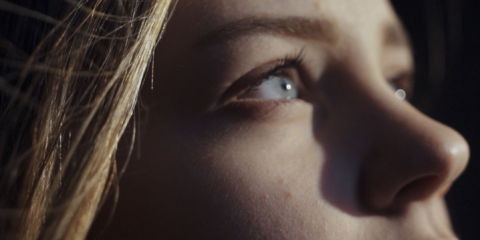Would you like to get notifications from Christian?
What happened? In a huge leap for AI technology, OpenAI’s latest AI has learned to play Minecraft by watching 40,000 hours of YouTube. The company’s video pre-training (VPT) algorithm allows its AI to learn through viewing. This is a major departure from previous attempts at creating Minecraft algorithms, which played in a different environment and used the equivalent of mouse and keyboard actions. With a little tweaking, the AI was eventually able to develop its own products and learn how to build a diamond pickaxe – a skill that would be incredibly useful in the game!
Why is this important? By merely viewing a video, the algorithm learns how it works and evolves to the point that it no longer needs to be programmed. Imagine if this type of learning technique can be used to automate boring routine activities like cooking supper, cleaning your home, factory labor, and delivering mail. It’s not a far-fetched idea – in fact, it’s already happening. As AI technology advances, we will see more and more examples of how automation is changing the way we live and work. It’s possible that many hard skills will soon be capable of being filmed, digitized, and automated. How safe is your job?
What can you do? While it’s fascinating to watch AI technology development, it’s also important to stay human. In a world where machines can increasingly do things better than us, it’s more important than ever to focus on the things that make us unique: our creativity, our emotional intelligence, and our capacity for empathy. These are the qualities that will help us stand out from the machines and remain relevant in a future dominated by automation.
So there you have it! The next time you’re mindlessly watching a video on YouTube, remember that you could be helping to train the next generation of AI – who knows, you might even be teaching it how to build a diamond pickaxe! Stay human, my friends.
What do you think about this latest development in AI technology? Let us know in the comments below.
Author: Christian Kromme
First Appeared On: Disruptive Inspiration Daily
Christian is a futurist and trendwatcher who speaks about the impact of exponential technologies like AI on organizations, people, and talents. Christian tailors his presentations to your audience’s specific industries and needs.




Embracing the advancements of technology and AI can enhance our humanity. We can focus on developing our unique talents and skills by automating mundane tasks and freeing up our time. As humans, we can adapt and learn, allowing us to evolve and stay relevant in a rapidly changing world constantly.


Organizations will need to be more fluid, dynamic, and adaptable: the ability to change and adjust in response to new situations and environments. We are on the cusp of a new era of organizations, ones that are more fluid and agile and which behave like swarms we see in nature.




In the future, 3D printing and generative design will allow for products to be designed in a more decentralized manner, and production will take place closer to the customer and fully on-demand. 3D printing technology will also allow for more customization and personalization of products.


The agricultural industry is ripe for disruption. Robotics, AI, and IoT are all technologies that have the potential to radically transform the way we grow food. In combination with vertical farming, these technologies could increase the efficiency and quality of agricultural products.

A human-centered society is one that puts people first and where technology is used to unite and empower people. It is a society that values biological life and dignity above all else. It is a society that recognizes the importance of human relationships and works to strengthen them. In a human-centered society, all members of the community are valued and treated with respect.


The future of healthcare is here. New technologies like AI, IoT, big data, and smart sensors make it possible to become the CEO of your own health. Imagine that your phone can listen to your voice and AI algorithms can detect small nuances in the tone of your voice that indicate specific diseases.
